What is strawberry fusarium disease and how to treat the disease?
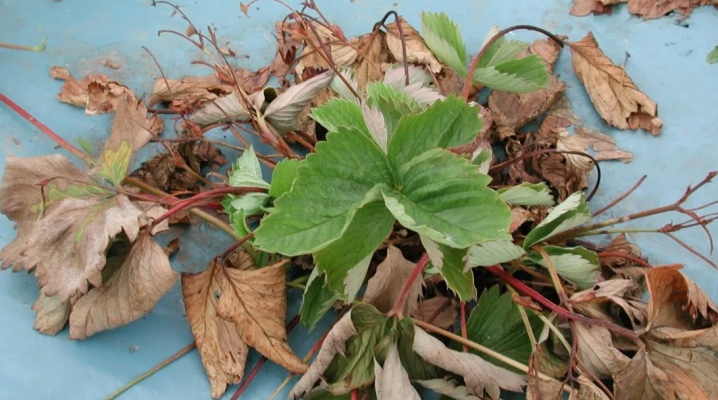
Among the numerous diseases of strawberries in the past few years, fusarium wilting has become a hot topic of discussion. With the proliferation of online shopping, many sellers have begun to offer seedlings that have not been properly sanitized, which in the future could become a source of infection for the entire field. The solution lies in high-quality disinfection of the planting material.
A dangerous disease of strawberries, in which the bushes slowly wither and die, has been studied in detail since the end of the 20th century. Many scientists believe that the cause of this disease is the fungus Fusarium oxysporum, which becomes most active during the summer months.

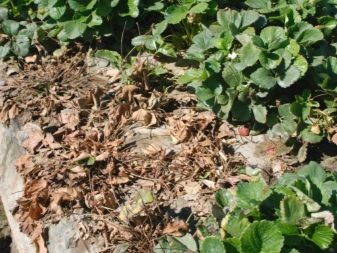
Description
Only in the laboratory can it be determined which type of fungus has infected the plant. The first symptoms of fusarium disease may go unnoticed, as the infection occurs underground, causing damage primarily to the roots. Strawberries often get sick between the appearance of the whiskers and the first harvest.
Fusarium strawberry (dry rot) can be recognized by signs of damage to vascular bundles and tissues:
-
the disease first destroys the roots, causing them to rot and dry out, and then spreads throughout the plant through the vessels;
-
garden strawberries often wither the lower leaves;
-
the edges of the upper leaves become watery;
-
yellow streaks appear on the leaf blades;
-
unripe strawberries stop developing;
-
the cuttings wither and turn brown, the rosettes also slowly fade, and the bushes bend to the ground, as they lack moisture;
-
when it rains, white fungus can be seen on the leaves.
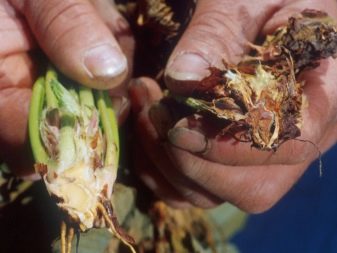

Strawberries die in 40-50 days. If temperatures drop to 15 ° C during the cooler summer months, the strawberry bushes will begin to wilt at a faster rate. The disease invades all vessels, releasing toxins and causing decomposition at the cellular level. If you cut off the petiole, you will see that the vessels are blackened. The pith of the root also turns brown.
The causative agent of fusarium wilt is introduced by infected seedlings. The fungus attaches not only to the roots of the garden strawberry, but also to the affected parts of other plants. The following year, these spores continue to infect the plants.
Fusarium infection of strawberries is characterized by a focal lesion. With the help of underground "inhabitants", spores are transferred from diseased specimens to the roots of other plants. The plant becomes infected and dies, causing disease in neighboring crops.
In addition to strawberries, Fusarium is a parasite of weeds, tomatoes, potatoes, melons, berries, cereals, young fruit trees, bulbous flowers, cereals and other plants. Spores from potatoes infected in the cellar enter the ground, which then becomes a new source of infection. According to many studies, these spores can live in the ground for more than 20 years.
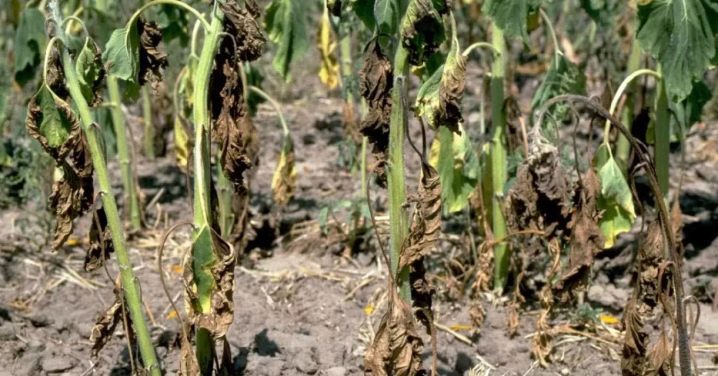
Treatment
The only correct answer to the question of how to deal with fusarium wilting of strawberries, which is exciting for gardeners, is to remove the diseased plant. In the event of an outbreak of the disease, it is necessary to cultivate the land in which the infected specimens grew.
Traditional methods
To save strawberry bushes that have not yet been affected by fusarium, it is worth trying some folk remedies if you cannot immediately apply effective antifungal drugs. Summer residents are actively exchanging these recipes with each other.
-
Dissolve 5 g of potassium permanganate in a bucket of water.
-
Dissolve 2 tablespoons of baking soda in 10 liters of water, pour in 5 ml of iodine and add 20 g of diluted soap as glue.
Both solutions must be sprayed on the culture.
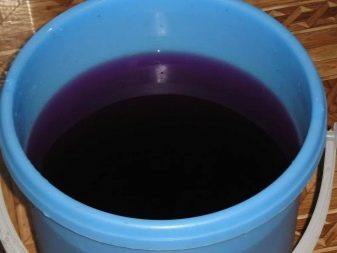
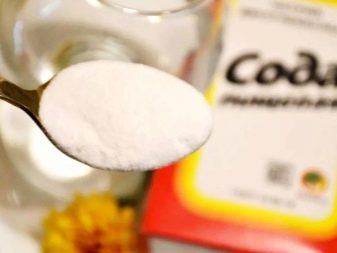
Chemical
There are two biological products, potassium humate and "Agate 23K", which prevent the occurrence of diseases of strawberries and strawberries. They are used to treat the roots of seedlings before planting. Non-pathogenic isolates of F. oxysporum can also be used as biological agents.
"Phytodoctor" and "Trichodermin" are effective in the initial stages and for prophylaxis. For large outbreaks of disease, experts recommend using chemical fungicides such as Horus, Fundazo and Benolad to combat fusarium wilting. They are sprayed onto specific parts of the strawberry.
Experts have confirmed the effectiveness of the fungicide "Fitosporin" against fusarium wilting of strawberries at an active stage of development. At the same time, if the affected plants are not cured, they must be removed by the root and destroyed. After harvesting, the soil in the beds should be treated with Nitrofen.
Please note: if fusarium wilting completely infected the strawberry plantation, it is better to switch to a variety that is immune to this disease. It will be possible to re-plant strawberries in this area only after 7 years.
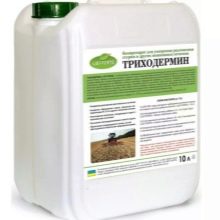
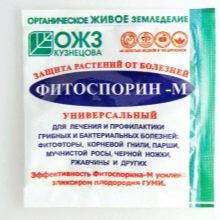

Consider common medicines for fusarium.
-
Fundazol. Its active ingredient is benomyl. Available in powder form. The disease should be treated by spraying with 0.1% working solution during the entire growing season. Another 10 g of "Fundazol" is diluted in 10 liters of water, consuming 1.5 solution per 10 m2. Benefits: treats many diseases, double function of treatment and protection against fusarium diseases, effective in any weather. Disadvantages: toxicity, addiction of the plant to the drug, the need for strict adherence to the instructions. The cost hovers around 13,000 for a 5 kg bag.
-
Benorad. Contains 500 g of benomyl. It is a wettable powder in a water-soluble vessel. Consumption is 0.6-0.8 kg per hectare, 300 l / ha or 10 l / t. Advantages: high systemic activity, preventive and therapeutic effect. Disadvantages: high chemical resistance, foliar treatment requires spraying from all sides. The price of 3 kg of the product is 6000 rubles.
-
Trichodermin. The biological product contains spores, mycelium and metabolites of Trichoderma bacteria. It is marketed as a powder and liquid concentrate. Trichodermin is diluted with a small amount of warm non-chlorinated water one to two hours before the procedure. For the treatment of seedlings, the standard dose is 20 g per 3 liters of water (per 100 plants); for spraying - 20 g per 5 liters (per hundred square meters); the norm for the concentrate is 50-100 ml per 10 liters of water. To cultivate the land, you will need 20 g (1 hundred parts) of powder or 100 ml of liquid composition per 10 liters of water.
-
"Nitrofen". Here, the sodium salt chemical fungicide acts as the active ingredient. Produced in video concentrate. Strawberries and strawberries should be treated with a 2% solution (200 ml per 10 ml of water). The dosage is 1.5-2 ml per 10 m2 of planting. It should be sprayed on bushes and the area below them. Advantages: low consumption, inhibits weed growth, highly effective against fungi. Disadvantages: accumulation, soil salinity. The price fluctuates around 150 rubles for 300 ml.
-
Fitosporin. The active ingredient is Bacillus subtilis 26 D. Available in powder, paste and liquid form. Powder "Fitosporin" is dissolved in water, and leaves are sprayed at a dosage of 10 g per 10 liters of water. The amount of paste for spraying is 3 teaspoons of concentrate per 10 liters of water. Solution "Fitosporin" - 4 drops per 200 ml of water (spraying / spraying).

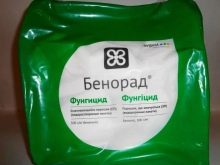
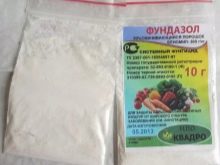
Prevention measures
The procedure for treating strawberries for fusarium disease includes timely prevention:
-
be sure to plant healthy seedlings;
-
Get Fusarium-resistant strawberry varieties;
-
place the bush in accordance with the recommended layout of the variety, not thickening the rows;
-
Plant strawberries on lutrasil, black or silver plastic to prevent fungal growth.
-
periodically apply lime, dolomite powder and potassium oxide;
-
spray the soil with zinc and bromine to prevent fusarium outbreaks;
-
carry out preventive spraying, treat plants and soil with "Trichophyte", "Planriz" and "Baktofit".
A simple and effective way of protection is spraying the bushes in June with a preparation consisting of 1 g of potassium permanganate and 1 g of boric acid, diluted in 13 liters of water. The mixture should be used so that the soil is saturated with minerals (about 2-3 liters per bush). Experienced gardeners use Previcur Energy, a new effective fungicide, to water the roots.
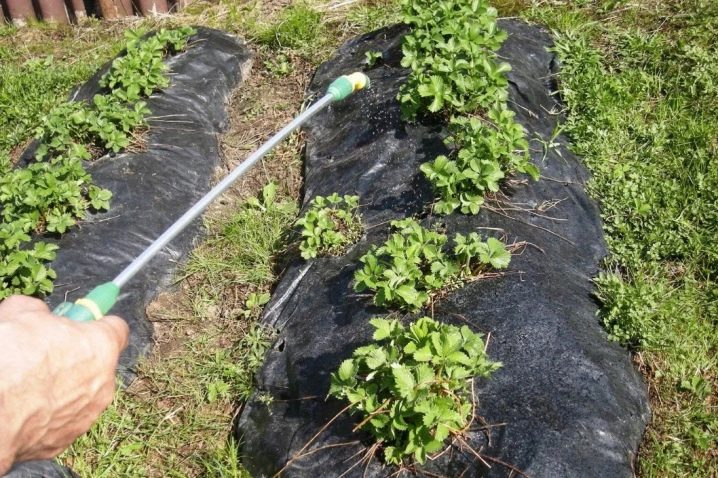
Buying expensive imported hybrids is not attractive to all gardeners. For a novice gardener, the most affordable way is to disinfect the roots of purchased shrubs or plant plantations in film.
Resistant varieties
Given the risk of this disease, gardeners are advised to choose varieties that can withstand this fungus.
-
"Arosa". This variety is successfully grown in open and closed ground in the middle lane and southern regions of Russia, Ukraine and Belarus. Productivity reaches 1 kg / bush in private gardens and 220 kg / ha in farms. The berries are large (35-45 g) and very juicy.
-
"Bohemia". A late-ripening variety of garden strawberries. This variety of Japanese selection has a pleasant, characteristic aroma.
-
Judibel Is a late flowering strawberry variety bred in England with excellent resistance to cold and drought. It demonstrates high immunity to many fungi.
-
Capri. Reconstruction variety suitable for outdoor, indoor and hydroponic cultivation. Bright red, firm berries up to 35 g, sweet. Recommended for growing in warm areas. It can be successfully grown in central Russia.
-
"Christine". An early maturing variety from England. Very large, orange-red berries.
-
"Mascot". Irregular berries (25-50 g) with a rich sweet taste. It shows its potential when grown in areas with non-chernozem soil.
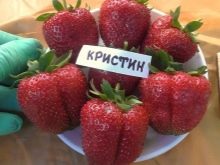
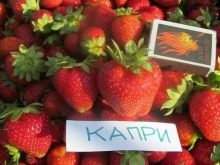







The comment was sent successfully.